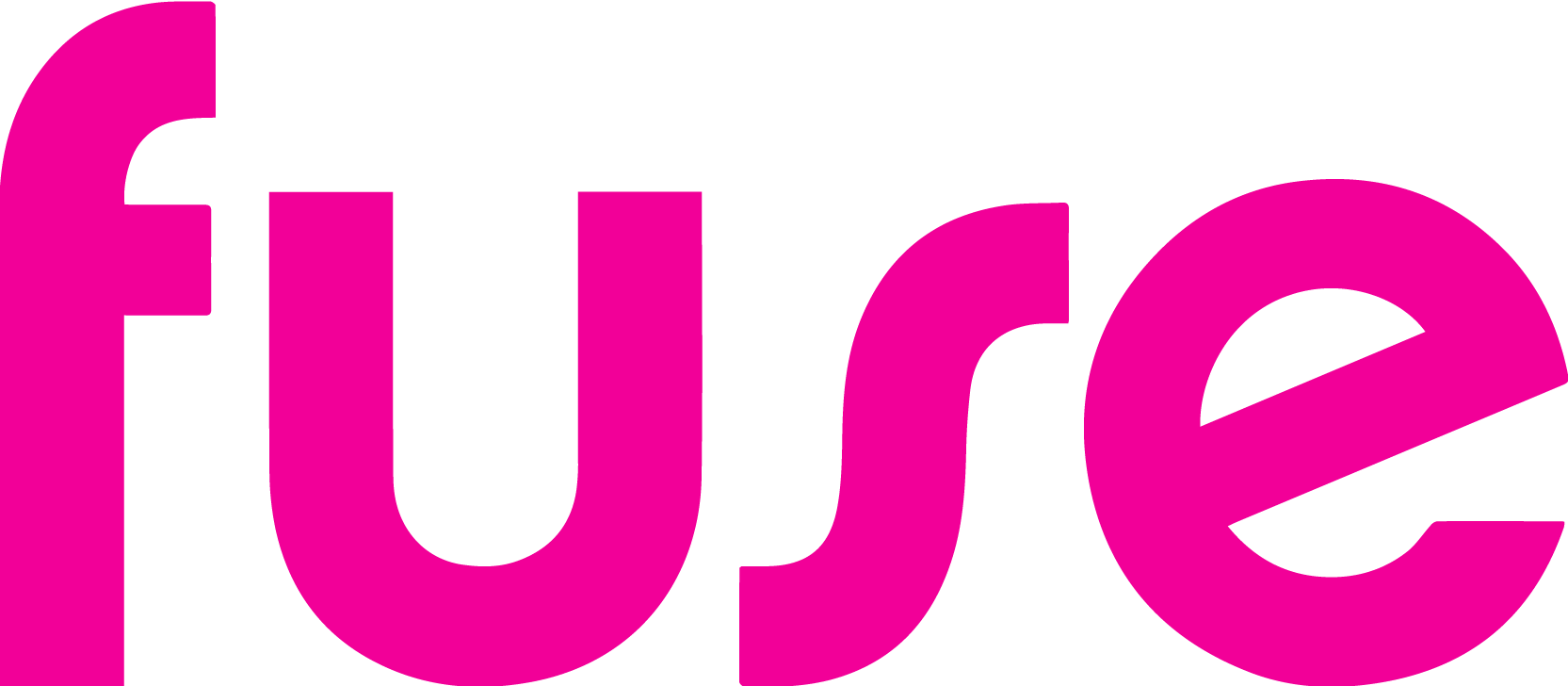IMPORTANT: We have now released our smart connectors, which will eventually replace our legacy connectors in this section. Our smart connectors allow you to quickly and easily integrate with a multitude of platforms and external content sources, such as learning content libraries and learning management systems (LMS). Due to this, we are no longer accepting requests for our legacy LinkedIn Learning and Udemy for Business connectors.
The LinkedIn Learning connector surfaces LinkedIn Learning content in Fuse search results, including learning pathways (labelled as 'Learning Plans' in Fuse), courses and videos. All LinkedIn Learning content features a LinkedIn logo to help differentiate it from natively produced Fuse content, such as articles, links and questions, or files uploaded to Fuse. When you click on an item of LinkedIn Learning content in Fuse search results, a new browser tab opens and you are taken to the original content in LinkedIn Learning.
Please take note of the following before using this connector:
-
LinkedIn Learning content surfaced through this connector is only accessible in Fuse search results. This means it cannot be opened within Fuse and cannot be added to topics, learning plans or communities. However, you can manually add URLs of LinkedIn Learning content items to Fuse external links, which can then be added to learning plans and topics. For more information see Can I add LinkedIn Learning content to topics and learning plans using a link?.
-
LinkedIn Learning content surfaced in Fuse search results automatically synchronises with LinkedIn Learning, which means it is always up to date.
-
Users must have a valid LinkedIn Learning licence to view the content in LinkedIn Learning.
-
Social information such as views, comments, likes and shares only apply to Fuse content, and so, are not available for LinkedIn Learning content.
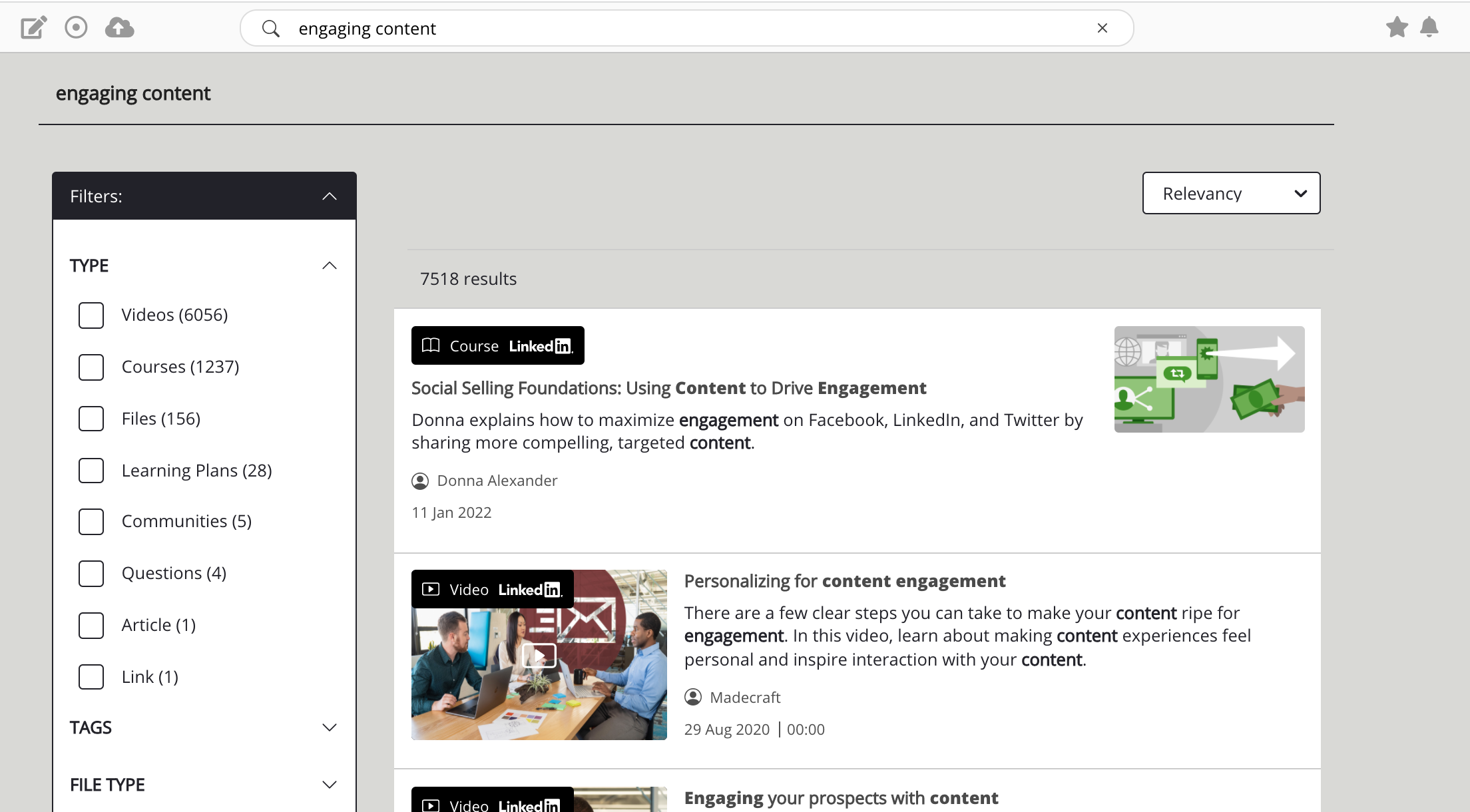
Searching for LinkedIn Learning content in Fuse
Once the integration has been set up, members of the community specified in the prerequisite steps will see LinkedIn Learning content in search results. Search results from Fuse and LinkedIn Learning are aggregated and sorted in order of relevance to your search query. Content is clearly labelled, so you can easily differentiate LinkedIn Learning content from Fuse content. You can also filter the search results by source, so that you only see Fuse content or LinkedIn Learning content exclusively.
Filtering LinkedIn Learning content in Fuse search results
When searching for LinkedIn learning content, you can apply facets to narrow down the search results. You can select the LinkedIn Learning option under the Source filter, so that only LinkedIn Learning content items are returned, as well as filter the content by Type, Skill level, Topic, and Subject.
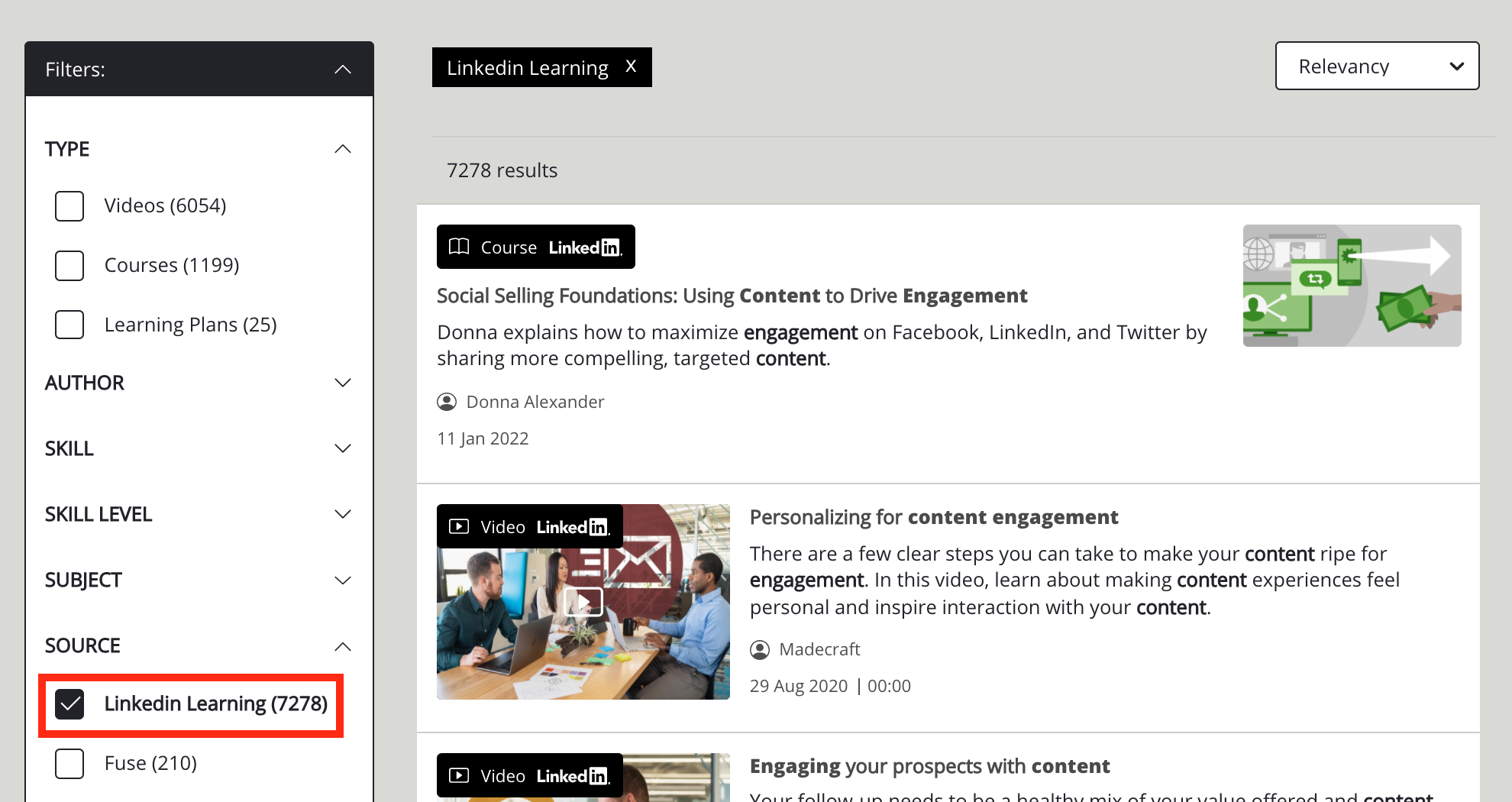
When you select the LinkedIn Learning facet, the following facets can be applied:
|
Facet |
Description |
|---|---|
|
Source |
Allows you to filter courses, learning pathways (labeled as 'Learning Plans' in Fuse), and videos by source. If the LinkedIn Learning connector is enabled, you can filter to show content sourced from:
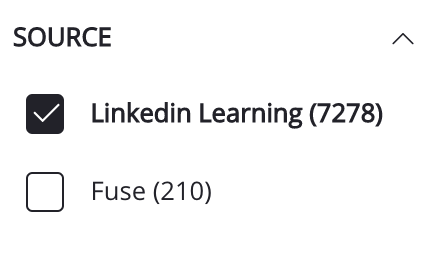
|
|
Type |
Filter the list of LinkedIn Learning content by type, including learning pathways (known as 'Learning Plans' in Fuse), courses, and videos. 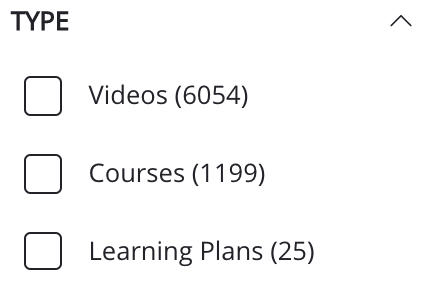
|
|
Skill Level |
The skill level of the LinkedIn Learning content. For example, if you are looking for courses that are advanced level, select the Advanced option to only show advanced courses. The following options can be selected:
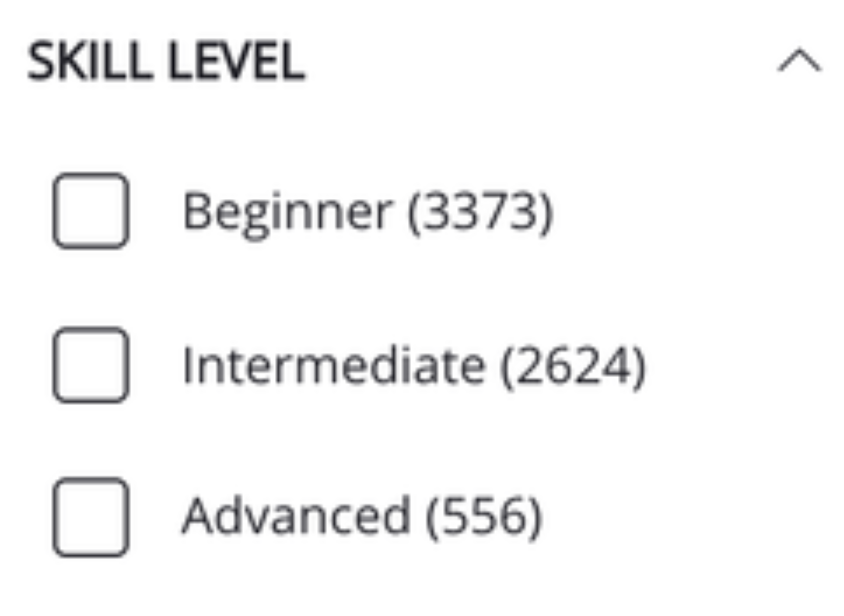
The Skill Level facet only applies to 3rd party content surfaced using connectors. You cannot filter natively produced Fuse content (articles, links, questions and uploaded files) by subject. Selecting a value from the Skill Level facet automatically removes natively produced Fuse content from the results. Example: There are 8 content items returned in the search results, 4 of which are 3rd party in origin, and 4 of which are natively produced in Fuse. If you apply the Skill Level facet, the 4 items of Fuse content will be removed from the search results automatically. |
|
Subject |
The relevant subject area of the LinkedIn Learning content. This is high-level classification. Subjects in LinkedIn Learning typically contain several topics. For example, the Business Analysis and Strategy subject might include content that falls under the following topics: Business Analysis, Business Intelligence, Crisis Management, Data Analysis, and so on. 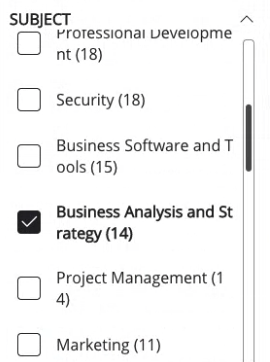
The Subject facet only applies to 3rd party content surfaced using connectors. You cannot filter natively produced Fuse content (articles, links, questions and uploaded files) by subject. Selecting a value from the Subject facet automatically removes natively produced Fuse content from the results. Example: There are 8 content items returned in the search results, 4 of which are 3rd party in origin, and 4 of which are natively produced in Fuse. If you apply the Subject facet, the 4 items of Fuse content will be removed from the search results automatically. |
|
Topic |
The topic the LinkedIn Learning content comes under. Any available topics will be listed under the Topic filter. For example, the items of content might be related to a topic called Programming Languages. Selecting this topic narrows down the list of LinkedIn Learning content to only show content related to programming languages. 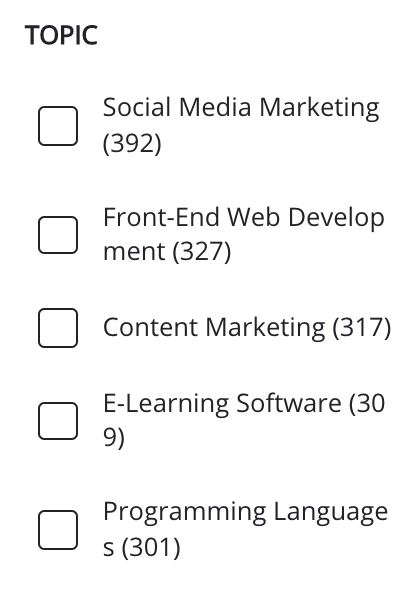
The Topic facet only applies to 3rd party content surfaced using connectors. You cannot filter natively produced Fuse content (articles, links, questions and uploaded files) by topic. Selecting a value from the Topic facet automatically removes natively produced Fuse content from the results. Example: There are 8 content items returned in the search results, 4 of which are 3rd party in origin, and 4 of which are natively produced in Fuse. If you apply the Topic facet, the 4 items of Fuse content will be removed from the search results automatically. The concept of a topic in LinkedIn Learning is distinctly different from a Fuse topic. |
Managing user visibility
You can manage which users see LinkedIn Learning content, by adding or removing users from the community specified in the prerequisite steps above. For information on how to add and remove users from communities in Fuse, see Managing community members.
It may take a few minutes for community membership changes to take effect.
Tracking completion data
Completion data for LinkedIn Learning content is not available in Fuse.
For information on how your organisation's LinkedIn Learning data is is handled, see LinkedIn Learning connector FAQs.
